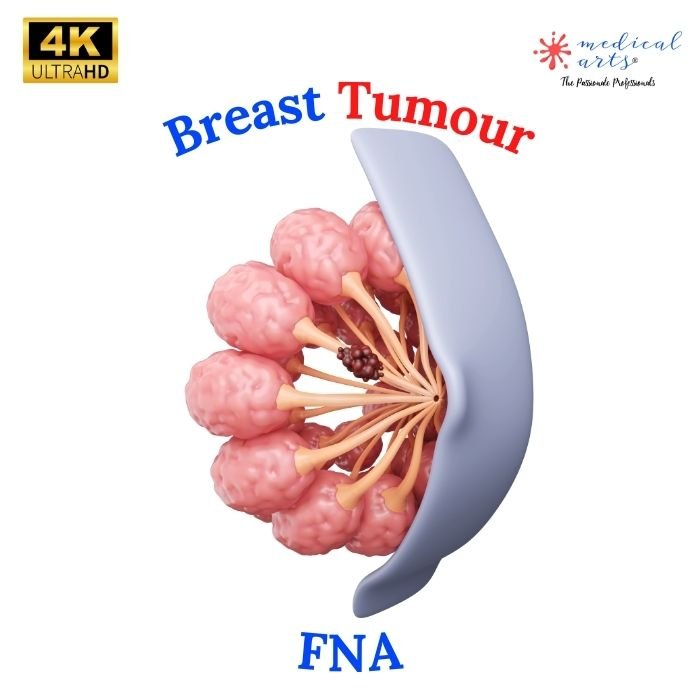Breast lumps are a common concern for many women, and while they can be alarming, it's essential to understand that not all lumps are indicative of breast cancer. In this article, we'll explore what breast lumps are, how they are evaluated, and the role of fine needle aspiration (FNA) in the diagnostic process.
Understanding Breast Lumps
What Are Breast Lumps?
Breast lumps are localized swellings, bulges, or bumps in the breast that feel different from the surrounding breast tissue. They can vary in size, shape, and consistency.
Common Causes
-
Cysts: Fluid-filled sacs that are benign (non-cancerous).
-
Fibroadenomas: Solid, benign tumors common in younger women.
-
Infections/Inflammations: Can lead to abscesses or lumps.
-
Cancer: While a concern, 80% of breast lumps are not cancerous.

Evaluating Breast Lumps
When a lump is detected, the first step is a clinical breast exam followed by imaging tests such as a mammogram or ultrasound. These tests help determine if further evaluation is needed.
Fine Needle Aspiration (FNA)
What is FNA?
Fine needle aspiration is a minimally invasive diagnostic procedure used to investigate breast lumps. It involves using a thin needle to extract small tissue or fluid from the lump.
The Procedure
-
Preparation: Usually, no special preparation is required.
-
Process: Under local anesthesia, a thin needle is inserted into the lump, and cells or fluid are aspirated.
-
Duration: The procedure is quick, typically lasting only a few minutes.
Benefits of FNA
-
Minimally Invasive: Less discomfort and no incisions.
-
Quick Results: Rapid diagnosis to ease anxiety and expedite treatment.
-
Accuracy: High accuracy in distinguishing benign from malignant lumps.
After the Procedure
Analyzing the Sample
The aspirated material is sent to a laboratory where a pathologist examines it under a microscope to determine the nature of the lump.
Possible Outcomes
-
Benign: No cancer cells present. Further monitoring or treatment may be advised based on the type of lump.
-
Atypical/Malignant: Additional tests and treatments will be planned if cancer cells or atypical cells are found.


